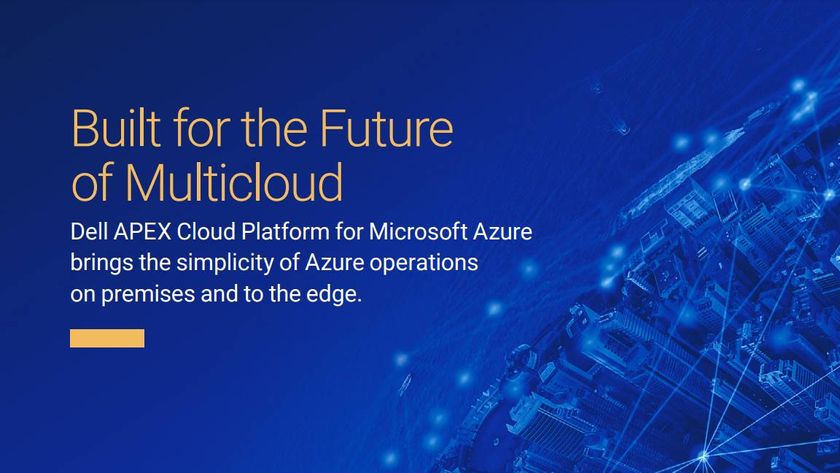Intel and AMD are the two primary manufacturers of processors for servers. While Intel dominates the markets for desktop client and laptop processors, AMD is much more competitive when it comes to server processors.
As with desktop client processors, server processors now have more processing cores than ever to pack in as much computing power into as little space as possible.
The use of multicore designs isn't just about raw performance though such designs also prevent processors from using excessive amounts of power and generating lots of heat. This not only helps avoid otherwise higher power bills and the need for more air conditioning, but also gives server manufacturers more flexibility in server design.
Like their client counterparts, server processors have high-speed memory interconnects and large caches to help speed up data transfer between the processing cores and other server components, such as RAM.
Some of the most common server processors include AMD's six-core Opteron 4100-series and the eight- and 12-core Opteron 6100-series.
Intel has several popular server processor families, including the quad-core X5500 and X5600 chips as well as the six- and eight-core 7500 series. There are also numerous low-power variants which trade sheer performance for even lower power consumption and cooler operation.
Server processor designs aren't standing still though. AMD's upcoming Bulldozer design will be one of the company's first major departures in processor architecture in several years. Every two cores in a Bulldozer processor will be backed up by a Flex FP floating point unit, which should dramatically improve performance in financial and technical applications.
Get the ITPro. daily newsletter
Sign up today and you will receive a free copy of our Focus Report 2025 - the leading guidance on AI, cybersecurity and other IT challenges as per 700+ senior executives
Meanwhile, Intel will be implementing its Sandy Bridge architecture in the Xeon E7 range of server processors. These will also have as much as 30MB of cache memory, 10 HyperThreaded cores on each chip and support for as much as 2TB of RAM.
Chris Ingle, research and consulting director at analyst IDC suggests businesses pose a very important question. In many cases, organisations won't be able to fully answer it until they've gone through many other justifications.
"Do you need a server at all?" he said. "Hosting and cloud companies may offer a more attractive alternative."
Here are our top 10 tips to guide you through the server decision-making process.
1) The application question
Firstly, decide what applications you are going to be running from the server as well as how many users it will have.
"[This] determines the configuration of the server, the operating system and how you manage it," said Ingle. "Don't buy from the hardware to the application buy the other way."
2) Role play
Once you've decided on the applications, ensure you understand the role of those applications and the server on your business. How mission critical are they and how long can your business continue in the event of downtime?
In short, the less time you can last without it the greater the amount of money you may need to spend on a more reliable machine.
3) Strategic planning
Ensure you've got a server strategy in place that builds on application and criticality considerations. You should then also consider having strategies for storage and networking. With virtualisation becoming increasingly popular it is important to have better continuity within your setup.
4) Skills and support
Do you have the right resources to manage not just what you have now but also your intended purchase? Skills should not be an after thought.

5) Management, management, management
The major cost of any piece of infrastructure never lies in just the hardware or software elements.
The time, resources and cold, hard cash needed to manage that system or systems can sometimes be underestimated which can create a false economy at the outset. Look into new automated options to cut down this time and in turn save money on costs for hiring someone to maintain the servers, once you've worked out what skills those recruits will need, of course.
ITPro is a global business technology website providing the latest news, analysis, and business insight for IT decision-makers. Whether it's cyber security, cloud computing, IT infrastructure, or business strategy, we aim to equip leaders with the data they need to make informed IT investments.
For regular updates delivered to your inbox and social feeds, be sure to sign up to our daily newsletter and follow on us LinkedIn and Twitter.
















